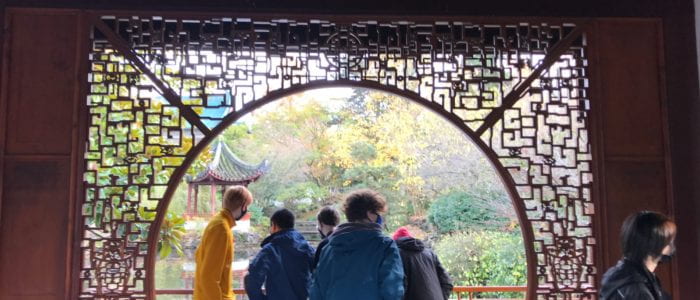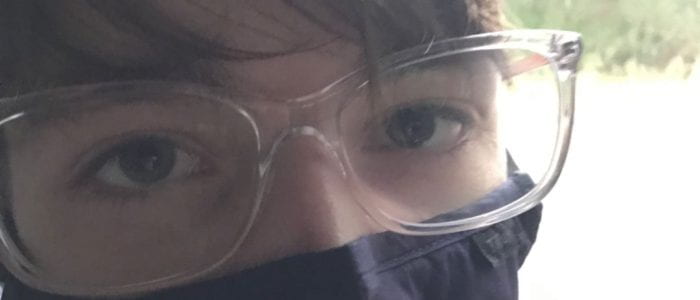Hello Mrs. Willemse reader!
Welcome back to the second and final part of this ology of apology blog post duo as we have reached the end of the project. It has been quite a while since my last post (which you can find by clicking here) and a lot of things have happened since then so let’s first start off with explaining what we, PLP 10, did.
This project, as covered in the previous post, is all about apologies & memorials and this would actually be the first time I went on a field study as a member of PLP. We took 3 different historical examples of discrimination that the Canadian government apologized for (The Komagata Maru, Anti-Chinese Immigration and Japanese Internment all in Canada), and we learnt about the events before, after and how a public memory was created through different memorials. Ultimately, the end goal was to create our own memorial for one of these 3 case studies that we would eventually pitch in an exhibition so we had to thoroughly know what goes in a memorial. Like mentioned earlier, besides from just learning in a classroom, we went on field studies and not just a few but 6 in total!
This meant we had a lot of first hand experience of viewing and learning about memorials and this resulted in a better understanding of our driving question: “How can we create a public memory of past wrongs so that they are remembered and not repeated today?” After more than a month of preparations and learning, we finally began preparing for the exhibition.
In this project, I got the honour of working with Ryder and Ethan (click on their names to visit their blogs) and we were assigned the topic of the “Komagata Maru”. This was honestly the topic I hoped to get as since we had already did blog post on it, I felt I had a deeper understanding of. We first began pooling our knowledge of memorials and public memories and afterwards, started laying out our plan of what our memorial wanted to look like. We also set deadlines and assigned tasks as a good plan was vital to producing a good product. After some back and forth, we had the idea of creating an art piece of an anchor along with special plaques to inform and create this shared memory. Here was the rough plan of our anchor art piece:

After sessions of building and creating (and some homework – Ryder for the carry!), the day of the exhibition finally came. It was a bit hectic as things needed to be set up but after laying everything out and taking a lot of the available tables, we were ready!
Here is also a link to plaques on our art piece of you want read about the Komagata Maru or find out more related to our memorial:
Now that was essentially a run down of what we did, but what can I take from this project or more specifically how did I connect the driving question to our memorial and to me personally? So to repeat the driving question: “how can we create a public memory of past wrongs so that they are remembered and not repeated today?”, (<- wacky punctuation) the basic thought of this project is about creating an effective public memory so let me talk about what we did to make sure we did do just that. Public memories are meant to be a shared but we did not just want to make a communal event memo but to really preserve the historic significance on a personal level so we won’t repeat the same mistakes before. We did this by using our knowledge to mold pieces of writing that would be our plaques to commemorate not just the tragedy, but the resilience and long standing effects of this. Even then, a piece of writing would not suffice as a something effective enough to reach a personal level so we took our knowledge from past field studies to create a memorial that would allow us to remember.
People need to not just hear but to experience a story of someone else to really allow them to connect so we decided to experience this personal sensation through our art-piece: the anchor. We first started with deciding a name which also happens to be the title of this post so thanks to Ryder again, we had a title: “The Anchor of Our Nation.” It didn’t sound too cliche and it also felt somewhat personal due to the use of the word “our”. Moving on, we decided that on different metaphors to connect the memorial to Canadian and Indian society as well as implementing personal symbolism of passengers aboard the ship to create a feeling of linkage between us, them and India. We also decided to really scale up the size (10ft tall) of our memorial as the bigger it was, the stronger the feel of importance people would feel. These are a few of the multiple techniques we used in our memorial to create a sense of public memories and I hope to use my memorial as a medium to answer to the driving question.
Now before I end this post, I also want to reflect a bit on my own personal growth and things I would have changed if I did it again and potentially in different scenarios. I would say out of many of the past projects this one was pretty successful to me as I felt I really understood the concepts put forth and could connect my understanding of memorials to the actual creative process behind my own; however I do feel things could have been done differently. One major flaw I felt was that our model art-piece was kind of lacking and although I did my best to recreate it from our 3d model, the time, resources and my knowledge didn’t allow me to. Another thing I felt could have been improved was the set up on the final day. Our presentation space was partially used as a storage for other grades making are set up time effectively less so I feel we should have though ahead and tried to arrange so we had more appropriate space. The final main thing I feel could have been fixed better was our practical presentation to our audience. Although I think we had an outstanding pitch on what our memorial would be and how it would create a public memory, I feel we could have presented the practicality of our art-piece more substantially as I believe our memorial was pretty feasible in terms of our vision.
This is also leads me to another point which is the audience. We had prepped our items to be viewed by close relatives to PLP so if we were pitching this memorial plan to city hall, we would have to change our entire presentation approach. Things such as formality, data, cost as well as public opinion would have all had to be taken into account during a presentation like that so although we were able to win the audience vote, we would probably never have been approved if pitched the same way to city hall.
This project was honestly pretty insane from the field trips to the memorial making and although I would change a few things from what I did before, I am happy with my learning and am proud of my what we ultimately achieved. Hopefully moving forward, I can continue to learn like I did in this project and besides from that,
Thank you for reading and have a great new year Mrs Willemse dear reader!

^ A final good bye to our clay anchor










rip clay anchor 🙁
Hmmmm I wonder who broke the poor anchor🧐🧐